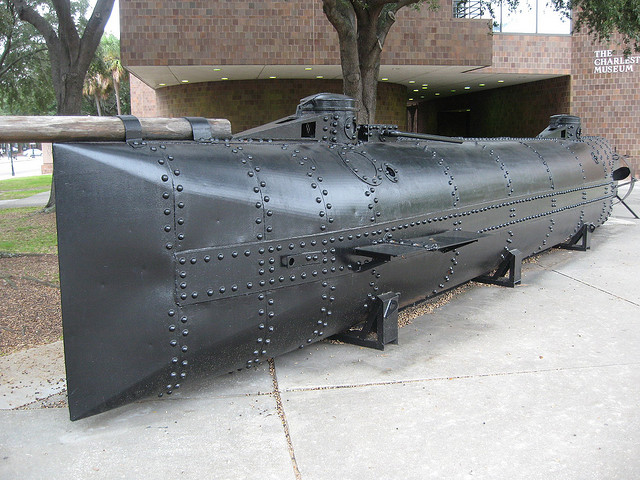
The boat’s engines broke down like clockwork. The skipper’s parents screamed at each other nonstop twenty-four hours a day. couldn’t have outshone the acts that took place on the Coastal Explorer. His two crewmen, whom I referred to as Heckle and Jeckle, were students at Charleston’s Citadel academy and a genuine pair of Southern characters. The skipper, I beg his forgiveness for losing his name, was a really nice guy. Our second boat, a thirty-two footer with twin Chrysler engines called the Coastal Explorer, doubled as a search vessel and dive boat.įorgive me for dwelling on the CE and her crew. Our smaller Zodiac with Bill Shea operating a proton magnetometer, Dirk Cussler at the steering arm of the outboard, and marine archaeologist Dan Koski-Karell taking the navigating chores, slipped over the bar at Breech Inlet and ran search lines up and down the surf line, moving out with each lane. We used two boats for our preliminary, data finding search. No intellectual giant was required to conclude that the Hunley lies elsewhere under four to ten feet under the mud. Our divers extensively probed the debris area outside her boilers and found mostly shattered bits and pieces. It came as no surprise when we discovered the remains of the Housatonic totally buried and quite scattered. Our divers found they could easily push their arms into it up to their shoulders. From there, we worked out to sea about a mile before we had to break off the search attempt and head for Virginia.ĭoc Edgerton came down with his side scan sonar and confirmed that anything that sank outside of Charleston Harbor quickly settled and was covered over by extremely soft silt. Therefore, our first expedition to Charleston to find the Hunley concentrated just off the beach line. An earlier report would have been made of this matter, but the officer of the day for yesterday was under the impression that the boat had returned, and so informed me ….’ The signals agreed upon to be given in case the boat wished a light to be exposed at this post as a guide for its return were observed and answered. ‘I have the honor to report that the torpedo boat stationed at this post went out on the night of the 17th instant (Wednesday) has not yet returned. Historians assumed he was trying to cover his tail for neglect with the following report. Oddly, the evidence that seems to be consistently ignored came from Lieutenant Colonel Dantzler, Commander of Battery Marshall, the fortification where the Hunley was based.

Several salvage projects in the next forty years could not find the hulk of the Hunley either. The salvage officer reported that he had dragged the seabed for 500 yards around the Housatonic and found no trace of the torpedo boat. This suggests to me that she survived the blast and is not buried under or inside the remains of the Union ship.Īlso, in November of 1864, Admiral Dahlgren ordered a survey of the wreck. Testimony by the ship’s deck officers indicated that the Confederate torpedo boat had backed off at least fifty feet and perhaps as far as a 100 after implanting her explosives into the aft starboard hull of the Housatonic. The 115 pages were, of course, written in longhand and the wax seal was still unbroken on the folder. He went two steps past the other archivists and found the Naval Board of Inquiry record into the sinking of the Housatonic. Robert Fleming, a fine guy and one of our great maritime researchers came up with the lion’s share of the data.

She gained her everlasting fame when her crew of nine propelled her out with the tide on the evening of February 17th, 1864, and laid her spar torpedo under the side of the new Union navy sloop-or-war, Housatonic. The Hunley took up the banner left by David Bushnell’s Turtle and blazed the trail for future underwater warfare by becoming the first submarine in history to sink a fighting ship during war.

Despite the fact she dispatched four of her crews, she was quite advanced for her time. Constructed by the Confederacy in Mobile, she was later shipped to Charleston in an optimistic hope of breaking the Union blockade. The story of the Hunley has been told and retold many times since her disappearance in 1864. Not content with looking for America’s most elusive shipwreck, I had to try for number two, which should indicate to those who don’t know me that my mind lies somewhere left of delirium and right of monomania.


 0 kommentar(er)
0 kommentar(er)
